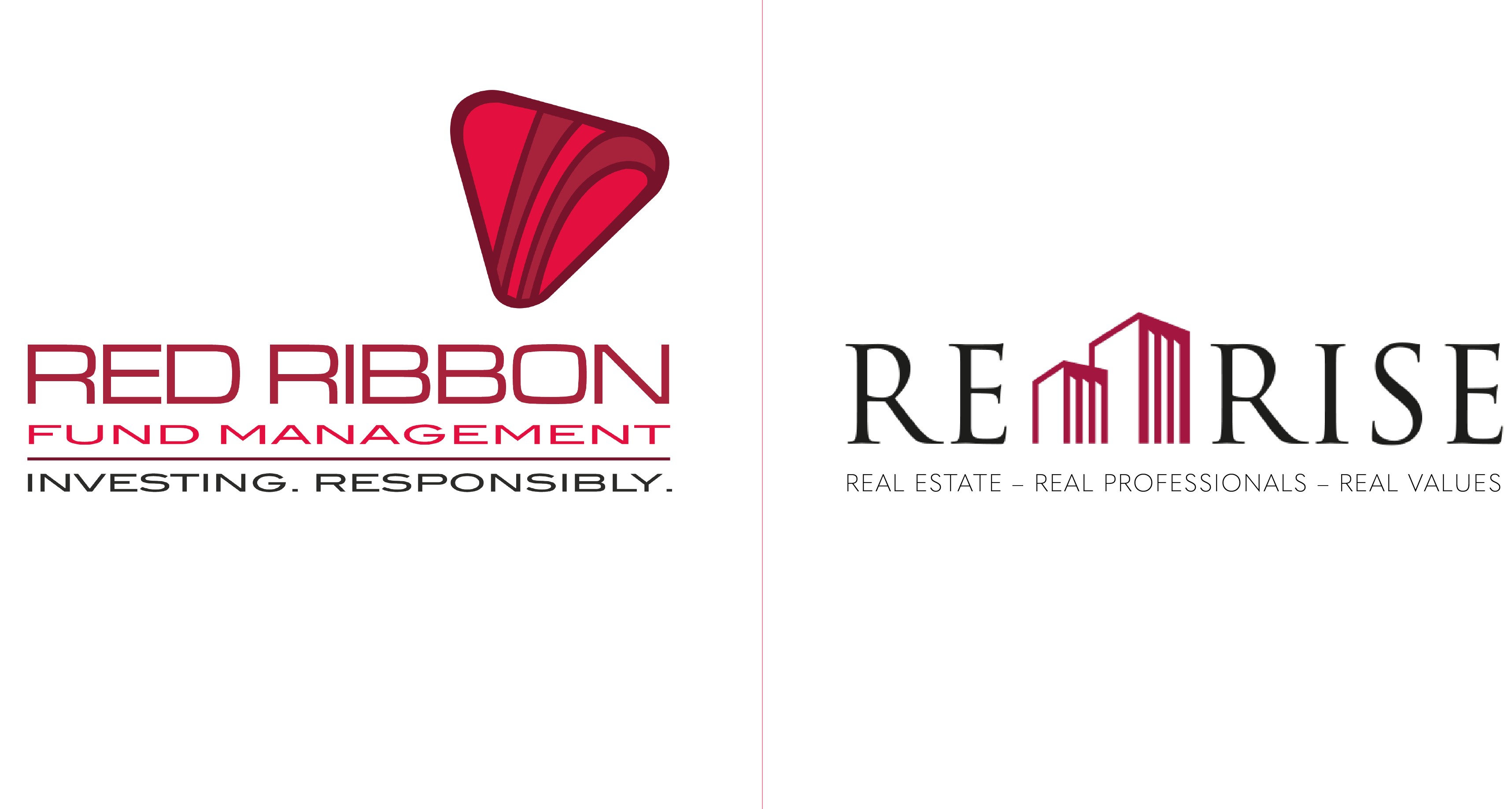Jim O’Neill (of Goldman Sachs Asset Management) believed “Growth Market economies will be the driver of the world economy in the coming decade”, and he should know because he coined the term back in 2011; and O’Neill recently predicted that by 2020 the four BRIC economies between them would be responsible for no less than 50% of the increase in Global GDP. It’s an economic vision that is endorsed unhesitatingly by the team at Red Ribbon Asset Management, which is dedicated to delivering above market rate returns for its investors through deploying funds into Growth Markets on a Mainstream Impact Investment model, and it has its sights set on the Indian Market in particular.
If it is right that Growth Markets are a key driver for the future, then infrastructure spending is the key to how fast that growth will happen, and nowhere is that more apparent than in India.
The highly respected Ratings Agency Crisil, reported this month that the infrastructure order book for the top fifty companies constructing highways in EPC mode in India, would reach a staggering Rs 1 lakh crore by the end of this year; with top line revenue growth projected for 15 per cent over the coming year. The Report also suggests that some of these companies are already delivering 20% (compounded) growth annually.
As we have had cause to note previously on this site, the sheer scale of public infrastructure spending in India at the moment can be mind boggling; and the Crisil Report now demonstrates that the programme as a whole is not, by any means, being driven only by the appetite of Prime Minister Modi’s Government. The extraordinary rates of return currently being secured by the companies involved is as mind boggling as the programme itself, and no sensible commentator would expect other companies not to be attracted in turn. It all bodes well for the long-term viability of these ambitious policies and for the future of the Indian economy as a whole.
There is, though, also another important lesson to be drawn from the Crisil Report’s findings.
Conventional impact investments have historically often been made in marginalised and deprived areas of the world, often characterised (unkindly) as the "base of the pyramid": pursuing unquestionably welcome objectives by targeting poverty, seeking to improve health conditions and the well-being of a deprived community; but investments of that kind are unlikely to yield a financial return. They are disconnected from the underlying economy proper and so are unlikely to give rise to long term, resilient change (once the project is over it is over). That is why Red Ribbon Fund Management believes in Mainstream Impact Investment strategies: connecting positive impacts on society and the environment with the underlying economy, because a business operating on those principles will be more resilient for the long term as well.
It fits well with what is happening in India at the moment.
Read Jim O’Neill’s overview of Growth Markets here: www.goldmansachs.com/our-thinking/archive/intro-growth-markets/
Read about Red Ribbon’s Impact Investment Strategies here: https://redribbon.co/
Read the Crisil Report on Infrastructure Profiling here: https://www.crisil.com/research/super-16-sectors.html
Read about Red Ribbon Fund Management here: https://redribbon.co/




